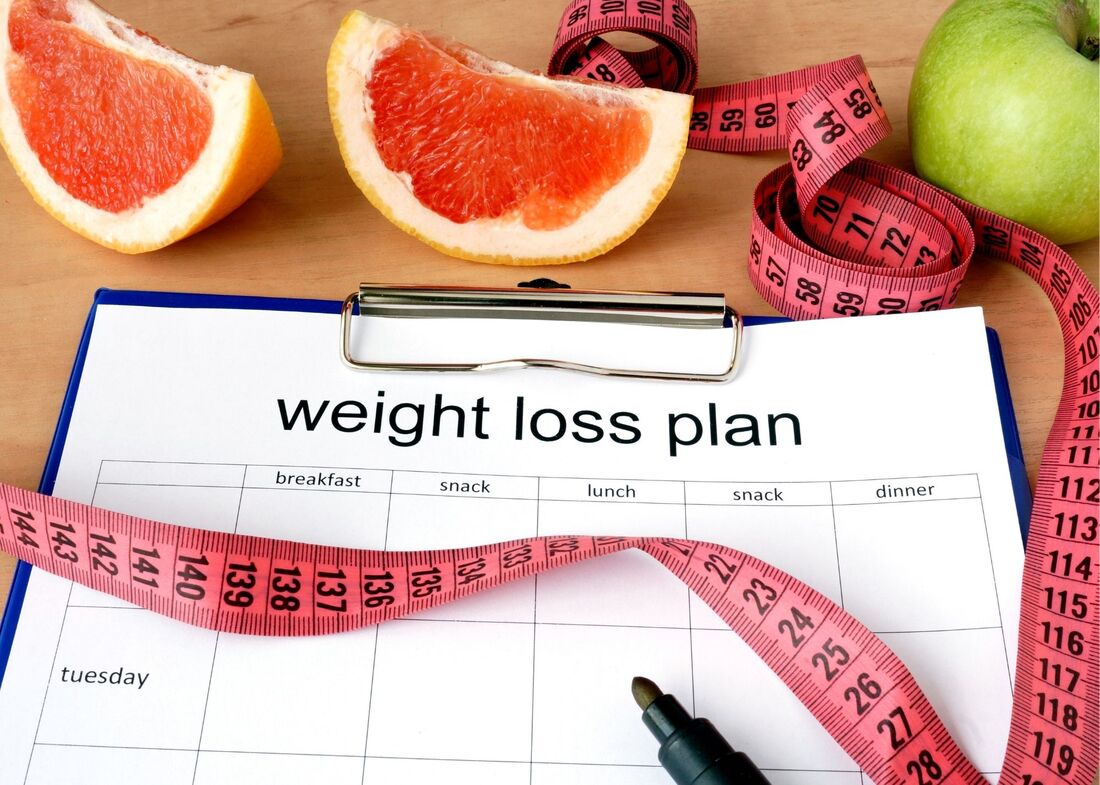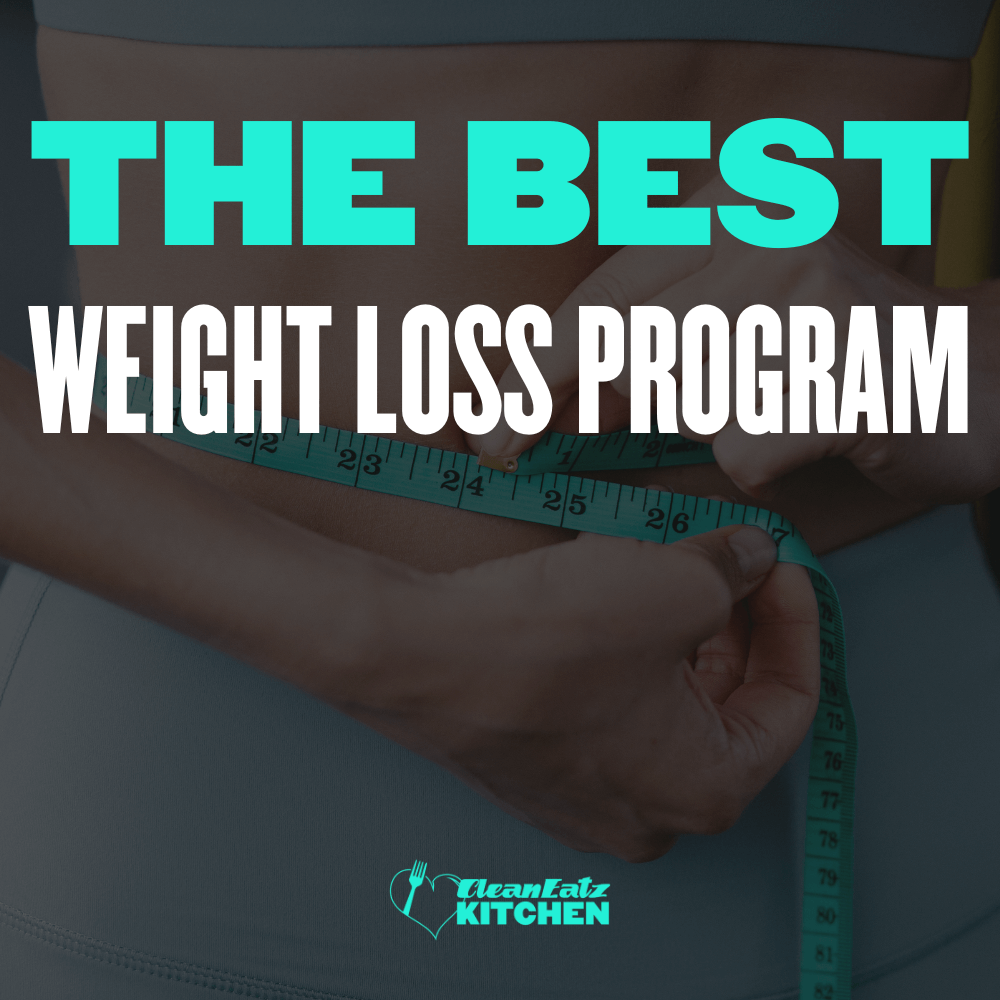All Categories
Featured
Table of Contents
-1
Commanders of armed forces bases ought to examine their centers to determine and get rid of conditions that motivate several of the eating behaviors that advertise obese. Some nonmilitary employers have boosted healthy eating choices at worksite dining facilities and vending makers. Although multiple publications suggest that worksite weight-loss programs are not extremely reliable in decreasing body weight (Cohen et al., 1987; Forster et al., 1988; Frankle et al., 1986; Kneip et al., 1985; Loper and Barrows, 1985), this might not hold true for the army because of the greater controls the armed force has over its "workers" than do nonmilitary employers.
-1Management of obese and weight problems needs the energetic involvement of the individual. Nutrition experts can provide people with a base of details that permits them to make experienced food selections. Nourishment education and learning stands out from nourishment counseling, although the contents overlap significantly. Nourishment counseling and dietary management tend to concentrate even more straight on the motivational, emotional, and mental problems associated with the present task of fat burning and weight management.
-1Unless the program individual lives alone, nutrition monitoring is rarely efficient without the participation of household members. Weight-management programs may be split right into 2 phases: weight reduction and weight upkeep. While workout may be the most vital aspect of a weight-maintenance program, it is clear that nutritional limitation is the important part of a weight-loss program that affects the price of weight reduction.
-1Hence, the power equilibrium equation may be impacted most substantially by reducing energy intake. personalized weight loss plan. The number of diet plans that have actually been proposed is nearly numerous, but whatever the name, all diet plans include reductions of some proportions of protein, carb (CHO) and fat. The following sections examine a variety of setups of the proportions of these 3 energy-containing macronutrients
Weight Loss Coach – Bayswater

-1
This kind of diet regimen is composed of the types of foods a patient usually consumes, however in reduced quantities. There are a variety of factors such diet plans are appealing, yet the primary reason is that the recommendation is simpleindividuals require just to follow the U.S. Department of Farming's Food Overview Pyramid.
-1In operation the Pyramid, nonetheless, it is crucial to emphasize the section sizes made use of to establish the advised variety of portions. A bulk of consumers do not realize that a section of bread is a solitary slice or that a part of meat is just 3 oz. A diet regimen based upon the Pyramid is easily adjusted from the foods served in group settings, including armed forces bases, given that all that is needed is to consume smaller portions.
-1A number of the researches released in the clinical literary works are based upon a balanced hypocaloric diet plan with a decrease of power consumption by 500 to 1,000 kcal from the patient's usual calorie intake. The U.S. Food and Drug Management (FDA) advises such diet plans as the "standard treatment" for medical trials of new weight-loss medicines, to be utilized by both the active representative team and the placebo group (FDA, 1996).
-1The biggest quantity of weight loss took place early in the studies (regarding the initial 3 months of the strategy) (Ditschuneit et al., 1999; Heber et al., 1994). One research discovered that women shed much more weight in between the 3rd and 6th months of the strategy, but males shed many of their weight by the third month (Heber et al., 1994).
Weight Loss Coach
-1On the other hand, Bendixen and colleagues (2002) reported from Denmark that dish substitutes were related to unfavorable outcomes on weight-loss and weight upkeep. Nevertheless, this was not an intervention research study; participants were adhered to for 6 years by phone meeting and information were self-reported. Out of balance, hypocaloric diets restrict one or even more of the calorie-containing macronutrients (protein, fat, and CHO).
-1Most of these diet regimens are released in publications aimed at the lay public and are often not created by health specialists and usually are not based on audio scientific nutrition concepts. For several of the dietary programs of this type, there are few or no research study publications and practically none have been examined long-term.
Weight Loss Support
-1The significant sorts of out of balance, hypocaloric diet plans are discussed below. There has been significant debate on the ideal ratio of macronutrient intake for adults. This research usually contrasts the quantity of fat and CHO; nevertheless, there has been increasing passion in the function of protein in the diet (Hu et al., 1999; Wolfe and Giovannetti, 1991).
-1The length of these studies that took a look at high-protein diets just lasted 1 year or much less; the long-lasting safety and security of these diet plans is not understood. Low-fat diet regimens have actually been among the most generally utilized therapies for weight problems for several years (Astrup, 1999; Astrup et al., 1997; Blundell, 2000; Castellanos and Rolls, 1997; Flatt, 1997; Kendall et al., 1991; Pritikin, 1982).
-1Results of recent studies recommend that fat limitation is additionally useful for weight maintenance in those that have slimmed down (Flatt 1997; Miller and Lindeman, 1997). Dietary fat decrease can be achieved by counting and restricting the variety of grams (or calories) eaten as fat, by restricting the consumption of specific foods (for instance, fattier cuts of meat), and by substituting reduced-fat or nonfat variations of foods for their higher fat counterparts (e.g., skim milk for entire milk, nonfat frozen yogurt for full-fat ice cream, baked potato chips for deep-fried chips) (Dywer, 1995; Miller and Lindeman, 1997).
-1Numerous elements may add to this seeming contradiction. First, all people appear to precisely underestimate their consumption of nutritional fat and to reduce regular fat consumption when asked to record it (Goris et al., 2000; Macdiarmid et al., 1998). If these outcomes mirror the basic propensities of individuals finishing dietary studies, then the quantity of fat being consumed by obese and, possibly, nonobese individuals, is above consistently reported.
Gastric Sleeve
-1They located that low-fat diets constantly showed significant fat burning, both in normal-weight and obese people. A dose-response partnership was additionally observed in that a 10 percent decrease in dietary fat was forecasted to produce a 4- to 5-kg weight management in a specific with a BMI of 30. Kris-Etherton and coworkers (2002) found that a moderate-fat diet regimen (20 to 30 percent of power from fat) was much more most likely to promote weight-loss since it was less complicated for clients to stick to this kind of diet than to one that was significantly limited in fat (< 20 percent of power).

-1
Very-low-calorie diet plans (VLCDs) were made use of thoroughly for weight reduction in the 1970s and 1980s, but have actually fallen into disfavor over the last few years (Atkinson, 1989; Bray, 1992a; Fisler and Drenick, 1987). FDA and the National Institutes of Health and wellness define a VLCD as a diet plan that offers 800 kcal/day or less. gastric band. Given that this does not consider body size, an extra scientific interpretation is a diet regimen that offers 10 to 12 kcal/kg of "desirable" body weight/day (Atkinson, 1989)
-1The servings are eaten three to 5 times each day. The primary objective of VLCDs is to produce fairly rapid fat burning without substantial loss in lean body mass. To achieve this objective, VLCDs generally provide 1.2 to 1.5 g of protein/kg of preferable body weight in the formula or as fish, lean meat, or fowl.
Latest Posts
Which Is The Best Certified Renal Dietitian Service?
How Much Does It Cost To Hire A Postpartum Dietitian?
Oncology Dietitian